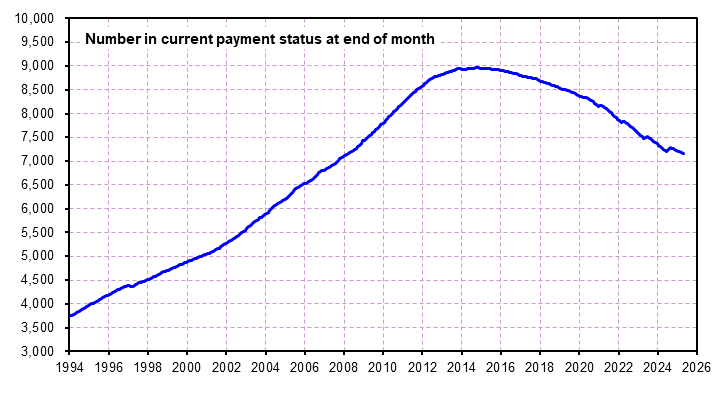From a recent report by Social Security's Office of Inspector General (OIG):
By the way, note that 39% of the overpayments to Title II recipients and 47% to SSI recipients weren't the fault of the claimant. Let that sink in. The claimants were reporting earnings and Social Security didn't do what it was supposed to do a lot of the time. You also have to wonder how many of the cases where OIG wants to punish claimants are cases where the claimant reported the earnings but Social Security never kept a record of them reporting earnings. That happens. If you just look at computer records, it looks like the claimants were bad actors but when you start talking to the claimants, it's not so clear. This is just one of the reasons why Social Security isn't all that interested in imposing punishments.
But, hey, this kind of report pleases Congressional Republicans and that's what it's all about. Right?
We found 70 (61 percent) of the Old-Age, Survivors and Disability Insurance (OASDI) beneficiaries and 59 (53 percent) of the Supplemental Security Income (SSI) recipients in our sample [of claimants who already had a history of three or more earnings related overpayments] were repeatedly overpaid because of their earnings. We believe SSA could have found these 129 individuals at fault for causing or contributing to the overpayments because of their repeated failure to comply with Agency earnings reporting requirements. SSA also could have further developed these cases to determine whether punitive actions could have been used as a deterrent against future overpayments. However, we found the Agency did not apply these actions to any of the individuals in our sample.
Based on our sample, we project SSA overpaid
- 49,420 OASDI beneficiaries almost $966 million and
- 94,480 SSI recipients almost $924 million.
As of February 2016, we estimate SSA had not collected almost $178 million of these OASDI overpayments and more than $447 million of these SSI overpayments.Social Security had identified these overpayments and has had some success in collecting them. What more does OIG want? They say they want people punished. There are provisions in the Social Security Act that allow punishment. I've noticed that OIG really likes to recommend that others use those provisions to punish people. However, when OIG has the opportunity to punish people itself, they don't seem to me to be quite so bloodthirsty. It's real people and things get messy. The overpayments are often small, the claimants not too bright and the fault not so clear. Punishment seems like overkill.
By the way, note that 39% of the overpayments to Title II recipients and 47% to SSI recipients weren't the fault of the claimant. Let that sink in. The claimants were reporting earnings and Social Security didn't do what it was supposed to do a lot of the time. You also have to wonder how many of the cases where OIG wants to punish claimants are cases where the claimant reported the earnings but Social Security never kept a record of them reporting earnings. That happens. If you just look at computer records, it looks like the claimants were bad actors but when you start talking to the claimants, it's not so clear. This is just one of the reasons why Social Security isn't all that interested in imposing punishments.
But, hey, this kind of report pleases Congressional Republicans and that's what it's all about. Right?
